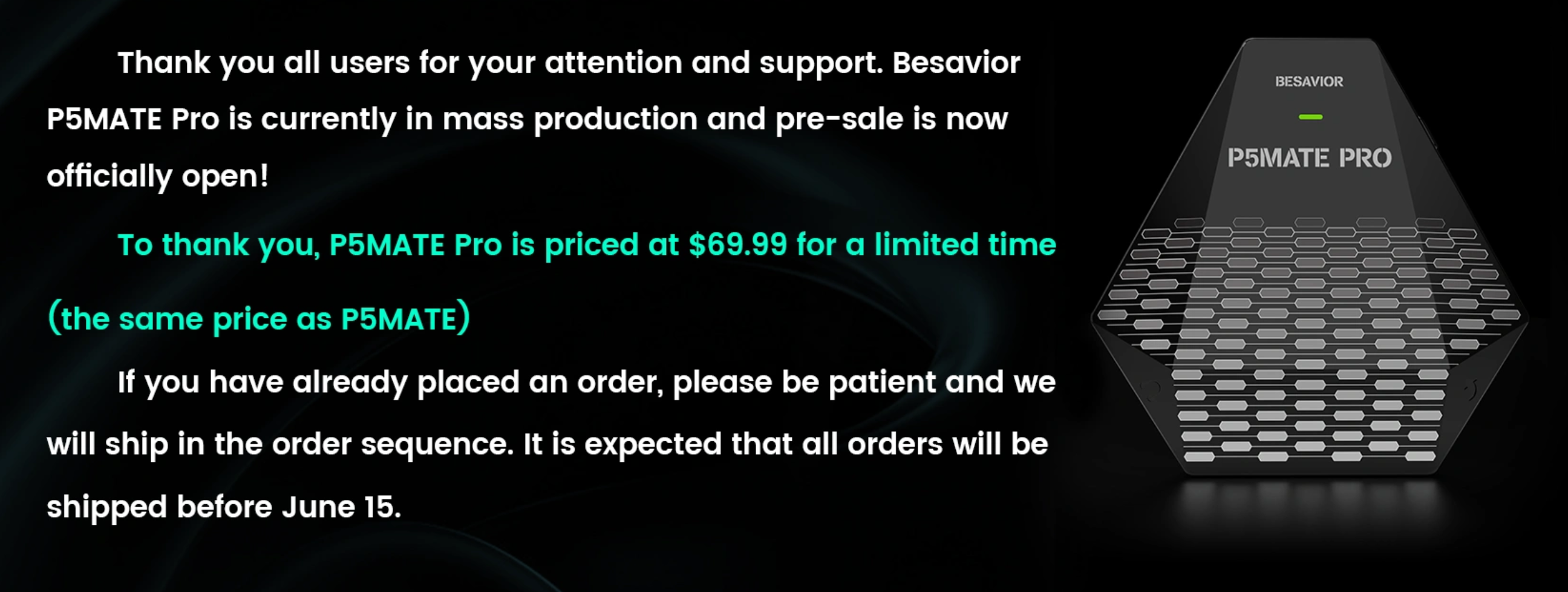|
|
Leveraging phone number data for effective SMS marketing can be a powerful tool for businesses to engage with customers directly and drive conversions. However, using phone numbers for SMS marketing requires a strategic approach, adherence to legal regulations, and a focus on customer experience to ensure success. Here’s how businesses can effectively leverage phone number data for SMS marketing:
1. Build and Maintain a High-Quality Contact List- Opt-In Process: Always ensure that customers explicitly opt in to receive SMS marketing. This can be done through a sign-up form on your website, via a keyword and short code (e.g., “Text DEALS to 12345”), or through other channels. You must be transparent about what type of content they can expect and how often they will receive messages.
- Clear Consent: Obtain written consent where possible, either through a checkbox on a sign-up form or via a confirmation text. This will help you stay compliant with laws like the Telephone Consumer Protection Act (TCPA) in the U.S. or the General Data Protection Regulation (GDPR) in the EU.
- Quality Over Quantity: Focus on growing a list of engaged customers who are genuinely interested in your offers. Rather than collecting as many phone numbers as possible, prioritize obtaining numbers from customers who have a strong likelihood of converting.
2. Segment Your Audience- Targeted Messaging: Segment your audience based on various factors such as demographics, purchase history, browsing behavior, and preferences. Tailor your SMS campaigns to each segment to increase relevance and effectiveness.
- Customer Lifecycle Stages: Segment your audience by their stage in the customer journey (e.g., new subscribers, loyal customers, lapsed customers) and send personalized messages based on their specific needs or interests.
- Geographic Targeting: Use location-based segmentation to send region-specific offers, promotions, or event invitations ofphone number data. This can be especially valuable for brick-and-mortar businesses with physical locations or those running region-specific campaigns.

3. Create Compelling and Valuable Content- Personalized Offers: Use the data you’ve gathered to send personalized discounts, promotions, or special offers that are tailored to each customer’s preferences or previous purchase behavior. Personalized messages drive higher engagement and conversion rates.
- Urgency and Exclusivity: SMS messages tend to have a high open rate, so leverage this by sending time-sensitive offers with a sense of urgency (e.g., “Last chance! 20% off ends in 3 hours”). Exclusive offers (e.g., VIP discounts, early access to sales) also work well.
- Clear Call to Action (CTA): Every SMS should include a clear and actionable CTA. Whether it's to shop, redeem a coupon, or take advantage of a flash sale, the action should be straightforward and easy for the customer to complete.
4. Timing is Crucial- Optimal Send Times: Timing can significantly impact the effectiveness of your SMS campaigns. Consider your target audience’s lifestyle and preferences when choosing when to send messages. Avoid sending messages at odd hours or too frequently.
- Test Timing: A/B test different times of day and days of the week to determine when your audience is most responsive. For example, a retail brand may find that text promotions are most effective during lunchtime or early evening hours when people are more likely to shop.
5. Use SMS to Enhance Customer Engagement- Interactive Campaigns: Incorporate two-way SMS interactions to increase engagement. For example, allow customers to respond with keywords to get more information, enter contests, or receive special offers.
- Polls and Surveys: Engage your audience by sending surveys or polls via SMS to get feedback on products, services, or customer experiences. This helps gather valuable insights while also keeping customers involved.
- Appointment Reminders and Notifications: Use SMS to send reminders for appointments, bookings, or important events. This reduces no-shows and enhances customer satisfaction.
6. Comply with Regulations and Best Practices- Opt-Out Mechanism: Ensure every SMS campaign includes a clear opt-out or unsubscribe option, allowing recipients to stop receiving messages if they wish. This is essential for complying with laws such as the TCPA in the U.S. or GDPR in the EU.
- Privacy and Data Protection: Safeguard customer data and adhere to data privacy regulations. Do not share or sell phone numbers without consent, and ensure that your systems are secure to prevent data breaches.
- Frequency Control: Avoid overwhelming customers with too many messages. Establish a frequency that is consistent but not intrusive. Typically, sending one or two messages per week is effective, but this can vary depending on the type of business and the customer segment.
7. Track Performance and Optimize Campaigns- Monitor Key Metrics: Track key performance indicators (KPIs) such as open rates, click-through rates (CTR), conversion rates, and opt-out rates to gauge the success of your SMS campaigns.
- A/B Testing: Regularly conduct A/B tests on different elements of your SMS campaigns (e.g., message content, timing, CTAs) to determine what works best for your audience.
- Refine Messaging: Use insights from performance tracking to refine your messages and optimize future campaigns for better results.
8. Leverage Automation and SMS Marketing Tools- Automated Workflows: Use SMS marketing platforms to set up automated workflows, such as abandoned cart reminders, welcome messages, birthday discounts, or loyalty program updates. This ensures that your messaging is timely and relevant.
- SMS Platforms: Consider using tools such as Twilio, Textedly, or SimpleTexting to manage your SMS marketing campaigns, segment your audience, and automate responses. These platforms often include analytics and reporting features to help you optimize your efforts.
9. Integrate SMS Marketing with Other Channels- Cross-Channel Campaigns: Combine SMS with other marketing channels such as email, social media, and push notifications to create a cohesive customer experience. For example, follow up an email campaign with an SMS reminder or send SMS alerts about social media promotions.
- Personalized Omnichannel Experiences: Create a seamless experience for customers by ensuring that your messaging is consistent across all channels. If a customer receives an SMS with a discount code, they should be able to easily redeem it through your website or in-store.
ConclusionUsing phone number data for SMS marketing offers businesses a direct, personal way to engage with customers, drive sales, and build long-term relationships. However, success in SMS marketing requires a balance of thoughtful segmentation, personalized content, timing, and compliance with regulations. By focusing on providing value and optimizing campaigns based on customer preferences, businesses can unlock the full potential of SMS marketing while fostering trust and loyalty.
|
|
